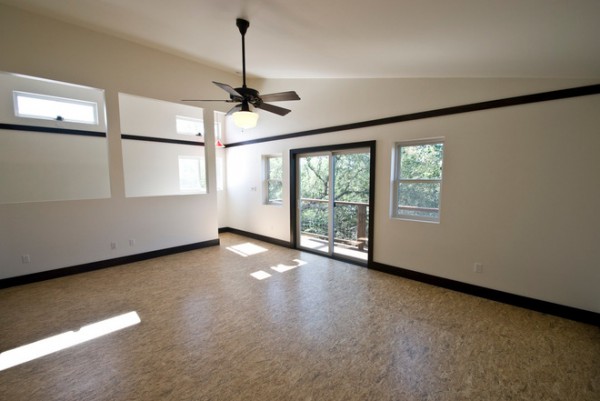Old buildings are all about character. From lofty-vaulted ceilings, decorative recesses, archways, bay windows, or grand staircases, all of these visual features add to the character of a place.
But hardwood flooring can furnish a room all on its own. Here we’ll look at how hardwood flooring can help capture the identity of a building.
Design
Old buildings are unique and finding the right flooring can seem like an impossible task. One advantage of hardwood flooring is its unique design and variety of choice. There are many different colours and sizes to choose from, with each type having its own natural pattern, ensuring a stylish and synchronised finish to any room.
Material
Hardwood flooring is made of natural materials and part of its appeal is its ability to blend into its surroundings, to not look out of place and to appear timeless. The most noticeable feature of an old building is its age and hardwood flooring can look both new, as well as showing an air of antique luxury. Walnut, cherry or oak are just some materials you can choose from to help capture either a Regent, Victorian or Edwardian character.
These homes often feature the traditional herringbone design. This is a classic pattern that you sometimes see in old school halls and churches too.
Hard maple
There are many different types of hardwood. Each has its own style and characteristics. As well as walnut, oak and cherry, another popular type of wood for older properties includes maple. Hard maple is very durable and won’t splinter, making it a great material for busy areas. The patterns can feature small swirls that look like eyes. This pattern is known as “Birdseye”.
There are some beautiful examples of maple hardwood flooring which can be seen in properties today. For example, The Homewood, in Surrey has a maple floor that is sprung for dancing. It’s a National Trust property, so make sure you visit it if you get a chance.
Maintenance
To look at some old buildings, you might normally assume they have a need for continuous maintenance and upkeep, which sometimes is the case. Hardwood flooring does need looking after and protecting too from the effects of time. It will need to be wiped down with a damp cloth before being buffed weekly. Ideally wood floors should be polished up to three times a year.
One of the best features of hardwood flooring, is the ability for the floor to be sanded. This is a fantastic feature for floors in stately homes or properties which are open to the public. Years or traffic will cause dents and scratches, but a sanding every seven years or so will bring the wood back to life. You also have the option of either oiling or lacquering your solid wood floor.
For a more charming and classic finish, choosing to oil a wooden floor is the best step. This helps bring the natural colour of the wood to the surface and provides a warm and authentic feel to your flooring. Perfect for an older property.
If you wanted to stick to traditional techniques, you should use beeswax on your wooden floor. However, this is more time-consuming and requires more effort than oiling your floor. Also, be aware that if you are sanding your floor, the colour will be affected drastically.
Hardwood flooring can give old buildings the finishing touch to its character. It is common when entering an old building that your eyes are immediately drawn upwards or around the room, but hardwood will immediately draw your eyes down to appreciate what’s beneath your feet.
Stephen MacVicar is the Founder of the South East’s leading solid and engineered wood flooring suppliers – Mojo Flooring.
